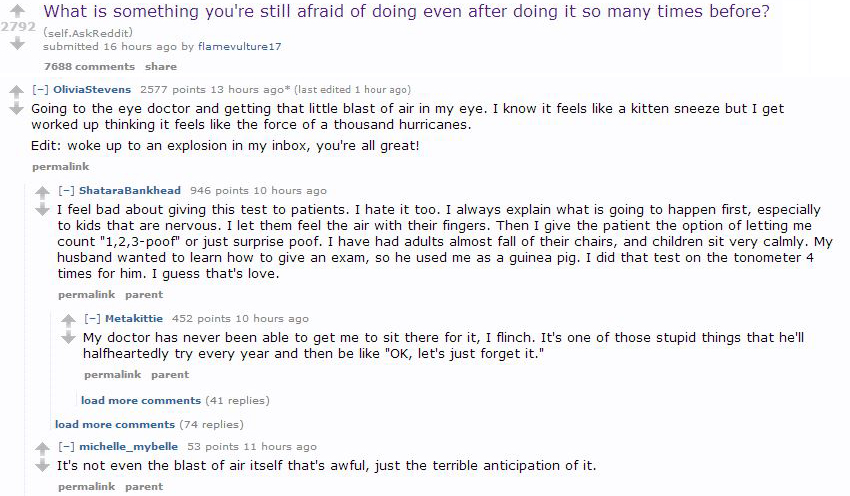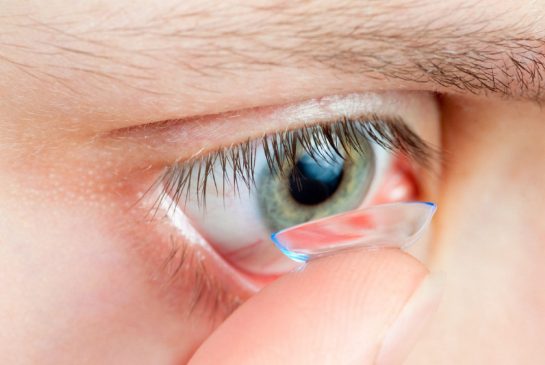Halloween is just around the corner, and while a crazy pair of contacts might seem like the perfect addition to your costume, DO NOT buy unprescribed lenses from over-the-counter or online sellers. Anyone who is not an optician, optometrist, or ophthalmologist selling contact lenses is doing so illegally. This also applies to circle lenses or any coloured lenses you can buy randomly at non-optical stores at the mall or online. Many websites claim to sell “100% authentic” and “#1 brand” lenses, but this is not safe.
Contact lenses are medical devices, which means they are subject to specific safety requirements. Online and over-the-counter products are produced by unknown manufacturers, who don’t follow the requirements. Contact lenses are NOT one-size-fits-all, and just like wearing the wrong shoe size, ill-fitting contacts can cause major discomfort and damage to your eyes.
The main concern is that these manufacturers may use unknown materials to make the lenses, and the sealed packaging does NOT guarantee that the lenses are sterile. Contaminants may scratch your cornea, cause an allergic reaction, or cause a serious infection which may result in permanent scarring and vision loss.
The risk of corneal infection when using cosmetic lenses compared to prescription contacts lenses is 12.5 times higher, as shown in a recent study
“In the past year we have received numerous incident reports from optometrists who have treated patients with serious cases of infection, corneal ulcers, corneal abrasion, allergic reactions and swelling resulting from novelty contact lenses,” said Dr. Paul Geneau, CAO president.
Read more here: Cosmetic contact lenses may cause blindness, warn doctors
You may think it’s not a big deal if you wear them for just one night…. Lots of people have prescribed contact lenses from their doctor for occasional wear! However, the risk is MUCH, MUCH higher with unprescribed lenses because 1) those lenses have not been approved for safety and 2) you have not been fitted with by a licensed professional.
In this 5 On Your Side clip, Robyn Rouse talks about wearing decorative lenses for a short period of time. “I put them in – wore them for 5 minutes… Took them out and went to sleep,” recalled Rouse. “In less than 24 hours – this is something that I have to deal with now for the rest of my life,” she added. Robyn developed an eye infection, which, after 10 years of eye problems, resulted in her having to get a corneal transplant.
There are good options out there for coloured lenses approved by Health Canada! You need to be fitted, even if you want non-prescription “strength” in the lenses. Make an appointment with Dr. Lee and let the staff know you are interested in coloured lenses so we can order in some trials to have ready at your next visit.
If you notice redness, swelling, excessive discharge, pain or discomfort from wearing contact lenses, remove the lenses and seek immediate medical attention from an optometrist. Eye infections like keratitis can quickly become serious and can cause blindness if left untreated.
Dr. Lee can be reached in Markham at (905) 805-0889 or in Pickering (905) 420-7070







